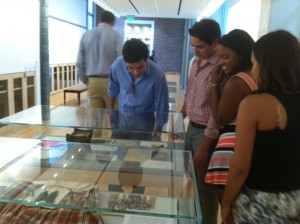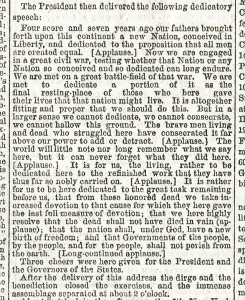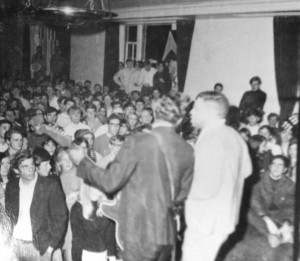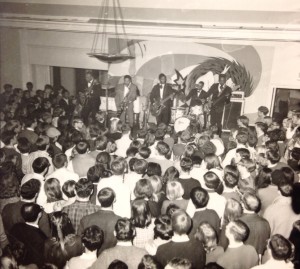The War between the States
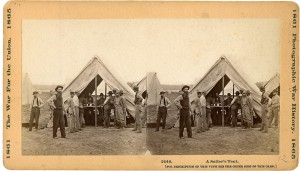 The surrender by General Robert E. Lee of his Army of Northern Virginia to Union General Ulysses S. Grant following the Battle of Appomattox Court House on April 9, 1865 – one hundred fifty years ago this month – is often celebrated as the end of the American Civil War. In fact, other Confederate forces continued to fight for months thereafter, and tens of thousands of Union soldiers proceeded to occupy the South. President Andrew Johnson did not declare a formal end to the War between the States until August 20, 1866.
The surrender by General Robert E. Lee of his Army of Northern Virginia to Union General Ulysses S. Grant following the Battle of Appomattox Court House on April 9, 1865 – one hundred fifty years ago this month – is often celebrated as the end of the American Civil War. In fact, other Confederate forces continued to fight for months thereafter, and tens of thousands of Union soldiers proceeded to occupy the South. President Andrew Johnson did not declare a formal end to the War between the States until August 20, 1866.
The Chapin Library has significant resources concerning the Civil War. These include printed books and broadsides, prints and maps, newspapers, and manuscript letters written from both the North and the South. Also available in the Chapin are numerous stereographs from 1861 to 1865, photographs which when viewed with a special device create a three-dimensional image. Six of these stereo views are currently on display in the window of the Archives–Chapin reading room, Sawyer Library Room 441. One of the most interesting is the view shown here, of a Union army sutler, or storekeeper. The description printed on the reverse of the card reads:
Stereo views were a popular form of entertainment during the nineteenth and early twentieth centuries, and remain very collectible. Many firms produced or published them: here the publisher was the War Photograph & Exhibition Company of Hartford, Connecticut (typically, the photographer is not identified). This particular card was made, as explained on its reverse, more than a quarter century after the end of the Civil War, when the Hartford firm felt able to justify higher prices due to the increasing difficulty of printing from deteriorating negatives made in the field some three decades earlier.
Our thanks go to Williamstown photographer Nicholas Whitman for suggesting this display, drawn from the extensive collection of stereo views given to the Chapin Library by Robert P. Fordyce, Class of 1956. – WGH
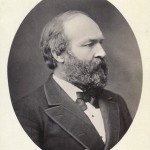
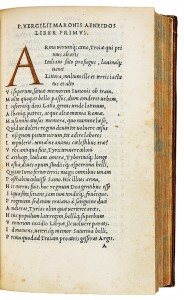
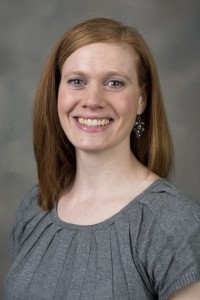
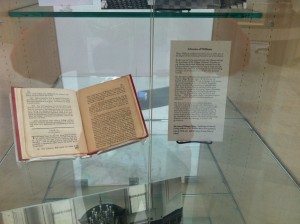
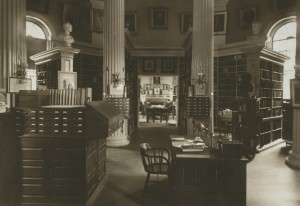
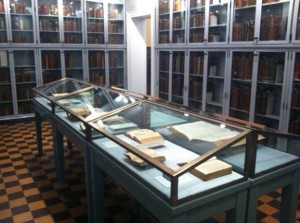
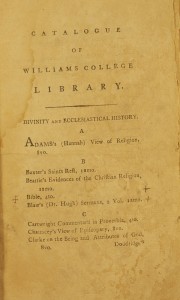
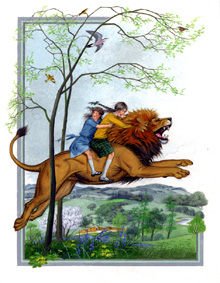 In conjunction with First Days and its theme of Adventure, the Chapin Library is displaying for the first week of September, in the new Archives/Chapin Instruction Gallery, a selection of original art by Pauline Baynes for the 1991 deluxe edition of The Lion, the Witch and the Wardrobe by C.S. Lewis.
In conjunction with First Days and its theme of Adventure, the Chapin Library is displaying for the first week of September, in the new Archives/Chapin Instruction Gallery, a selection of original art by Pauline Baynes for the 1991 deluxe edition of The Lion, the Witch and the Wardrobe by C.S. Lewis.